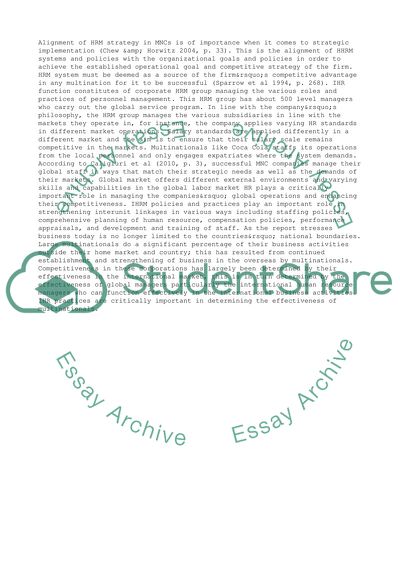Cite this document
(“HRM in the Multinational Context Essay Example | Topics and Well Written Essays - 3000 words”, n.d.)
Retrieved from https://studentshare.org/management/1444661-as-hr-specialist-in-a-multinational-company-what
Retrieved from https://studentshare.org/management/1444661-as-hr-specialist-in-a-multinational-company-what
(HRM in the Multinational Context Essay Example | Topics and Well Written Essays - 3000 Words)
https://studentshare.org/management/1444661-as-hr-specialist-in-a-multinational-company-what.
https://studentshare.org/management/1444661-as-hr-specialist-in-a-multinational-company-what.
“HRM in the Multinational Context Essay Example | Topics and Well Written Essays - 3000 Words”, n.d. https://studentshare.org/management/1444661-as-hr-specialist-in-a-multinational-company-what.


